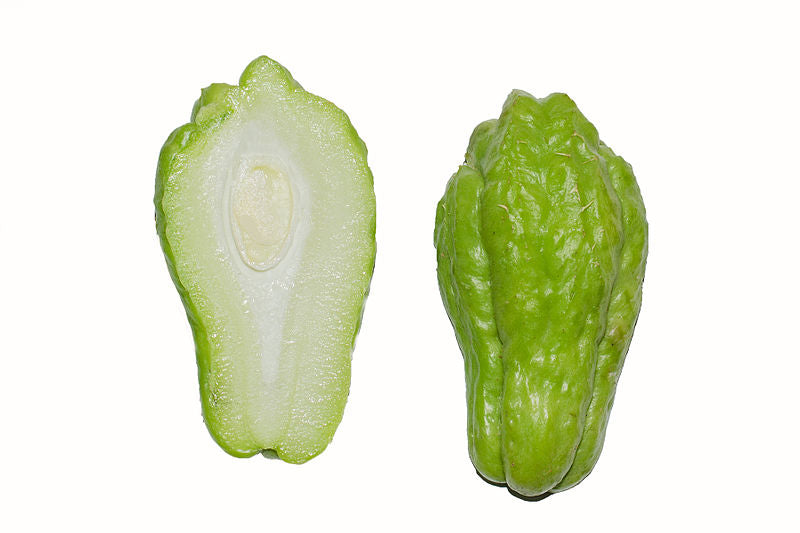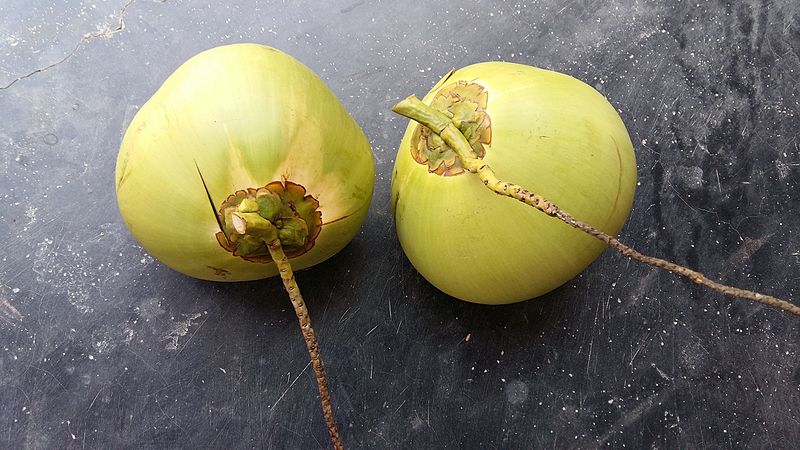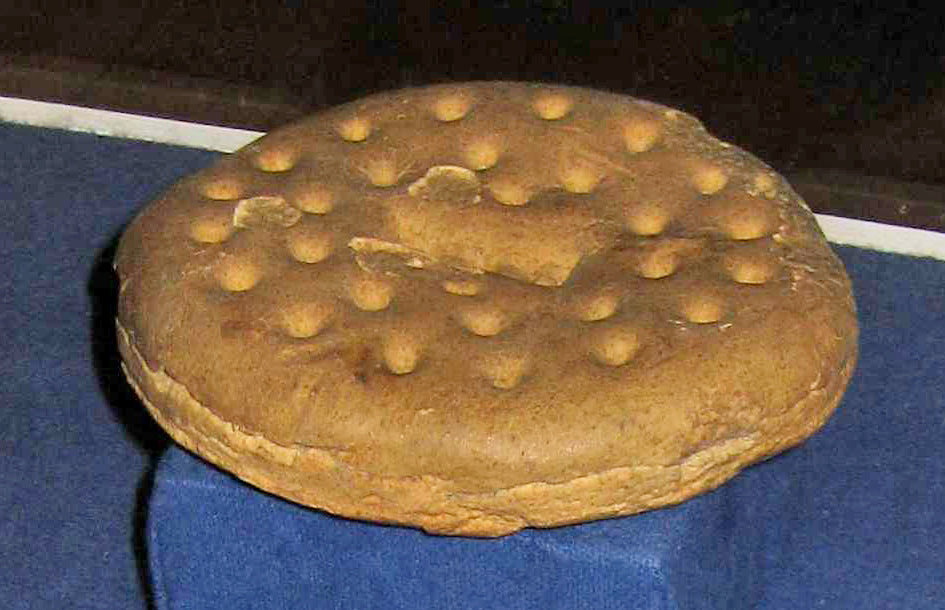
Tropical Wild Edibles - The Cho-Cho Fruit
Botanical name: Sechium edule
Common names: Cho-cho, christophene, mango squash, mirliton, pear squash, vegetable pear, choko, pepinella, pepinello, xuxu, xoxo
Family: Cucurbitaceae

Physical appearance: The cho-cho is actually a climbing vine so in the wild, will generally adhere to other plants and structures to gain height and grow. It can grow up to a height of 12 metres under ideal conditions. Its leaves are between 10-25cm wide with its tendrils on the stem. The plant bears clusters of male flowers interspersed with single female flowers. The pear-shaped fruits are a pale green colour on the outside with deep ridges running the length of the fruit. The flesh is a light green to white colour and taste-wise, is similar to cucumber crossed with potato; a fairly mild tasting fruit. The fruits contain a single, large, flat pit. Some varieties of this fruit have protective spines. The largest examples of the Cho-cho fruit can weigh as much as 1.2kg. It is part of the gourd family.

Natural habitat: The Cho-cho originated in the Central America region between Mexico and Honduras. It was then further distributed in the post Columbus period to Asia, the Caribbean and more recently, to Australasia. It prefers well drained mildly acidic soils and is not frost tolerant.

Uses: Largely consumed in its raw form or alternatively, lightly cooked to preserve its crisp texture. A famous Central-American dish involves scooping out the fruit and stuffing it with a seasoned mince-meat. In Asia it is often consumed raw in salads, particularly the newest shoots and growth. The roots, stems, shoots and seeds are all edible.

Point of interest: The fruit contains large amounts of water and is a great source of vitamin C. Globally, it has a very wide culinary use: curries, salads, stews, desserts and more.
Photos courtesy of Wiki;
I, Prathyush Thomas (GFDL 1.2 <http://www.gnu.org/licenses/old-licenses/fdl-1.2.html> or FAL), via Wikimedia Commons
Takeaway, CC BY-SA 3.0 <https://creativecommons.org/licenses/by-sa/3.0>, via Wikimedia Commons
CIAT, CC BY-SA 2.0 <https://creativecommons.org/licenses/by-sa/2.0>, via Wikimedia Commons
Ramon FVelasquez, CC BY-SA 3.0 <https://creativecommons.org/licenses/by-sa/3.0>, via Wikimedia Commons


